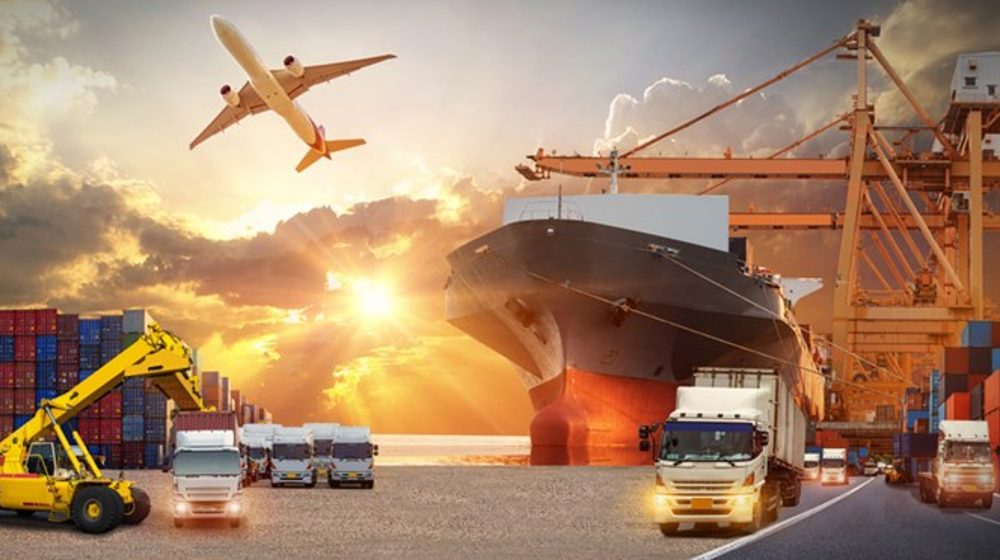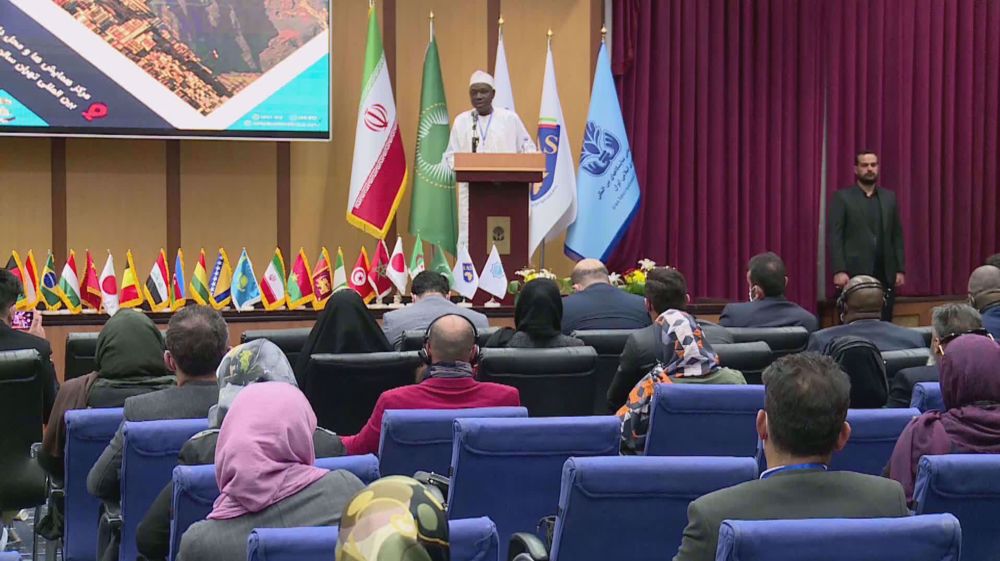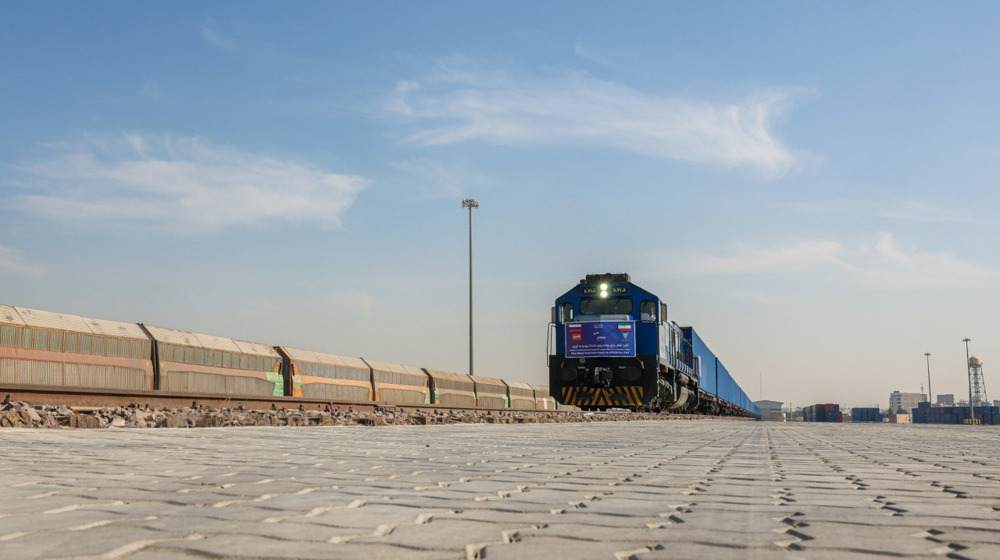Iran’s exports to Africa surge 107% to $1.1 billion
Iran’s exports to Africa surged 107% to $1.1 billion in the last Persian year which ended on March 20, Director General of the Arab and African Office of the Trade Promotion Organization of Iran Farzad Piltan says.
"In recent years, many efforts were made to expand exports to African countries by the private sector and government agencies but the capacities of this vast market were not well used because the African continent was not a priority,” he said.
Sanctions and the outbreak of the coronavirus made it even more difficult to use the capacity of this large market until last year when Iran was able to turn things around and create a new level of trade relations with African countries.
"Accordingly, our exports to the African continent reached $1.1 billion in 1400 from $579 million the year before, which is a record in its own right compared to previous years,” Piltan said.
For instance, exports to South Africa, as one of the most important countries in Africa, significantly grew last year when Iran exported about 553,000 tonnes of goods worth $254 million to the country, up 570% from the year before.
South Africa ranked 18th among Iran’s export destinations and the second largest market for Iranian goods in Africa after Ghana, he added.
The exports mainly included hot-rolled iron and steel rods, liquid butane and propane gas, sulfur, and flooring.
Iran's imports from South Africa in the period stood at about $6 million, down 25% from $8 million a year before.
The rise is thanks to the efforts of the private sector, the Trade Promotion Organization of Iran and other government institutions as well as increasing production in Iran’s petrochemical, iron and steel sectors and improvement of export conditions in the second half of the last Iranian year.
Piltan said there is a capacity to increase Iran's exports to Africa up to five-fold in the long run and twice in the short and medium term.
“There is hope that with the priority that the new government gives to the development of trade relations with African countries and the better attention which it shows to strengthening the commercial infrastructure such as transportation, banking, standards and customs, and especially in view of the approaches and new programs undertaken by the Trade Promotion Organization of Iran and the Ministry of Foreign Affairs with regard to trade diplomacy and development of trade events and business promotion activities, we will achieve an appropriate level of exports according to existing medium- and long-term capacities.”
Authorities say the lucrative African market has been neglected for decades, and it is time to interact more with the resource-rich continent.
The Trade Promotion Organization of Iran and the Ministry of Foreign Affairs have taken a series of measures to achieve the goals of developing trade cooperation between Iran and African countries.
They include increasing exhibition cooperation, exchange of trade delegations and closer relations with African embassies in Tehran and joint cooperation with Iran’s embassies in African countries, establishment of trade centers, sending business advisers, holding joint economic and trade commissions and committees, as well as allocating credit lines to the African continent, and especially development of banking relations and maritime transportation.
“In this regard, an independent general directorate is being established in the Trade Promotion Organization of Iran under the title of General Directorate of Africa for management and development of trade relations between the Islamic Republic of Iran and African countries,” Piltan said.
He cited the issuance of license for the establishment of business centers in Uganda and Tanzania, as well as the technology house in Kenya, the visit by a delegation from Kenya, plans for participation at four international exhibitions in Algeria, Kenya, Senegal and South Africa, invitation for the Democratic Republic of the Congo’s ministers of industry and transport and the Algerian minister of industry, plan for joint organization of economic commissions with Nigeria, Ghana, Mali and Niger in the first half of the current Iranian year as the most important steps on the agenda of the Trade Promotion Organization of Iran and other government agencies in recent months.
In December, Iran Khodro, the biggest automobile producer in the Middle East, reactivated its assembly line for production of Samand sedans in Senegal.
In 2015, Iran and Guinea resurrected a deal to extract bauxite in the African country after a delay of 25 years and ship it to the Middle East for aluminum production.
ICC rejects Israel's appeal to invalidate Netanyahu's arrest warrant
Imam Reza (AS) holy shrine begins accepting crypto donations
VIDEO | Newborn deaths surge in Gaza amid siege and maternal malnutrition
VIDEO | Pakistan, China conclude joint counterterrorism drills
Palestinian authorities slam ‘dangerous’ Israeli plan for 9,000 West Bank settler homes
‘Israeli actions, not Iran, fuel anti-Semitism’: Netizens react to Jewish holiday attack in Sydney
Iran opposes Trump's corridor plan for Caucasus: Leader’s aide
VIDEO | Press TV's news headlines











 This makes it easy to access the Press TV website
This makes it easy to access the Press TV website